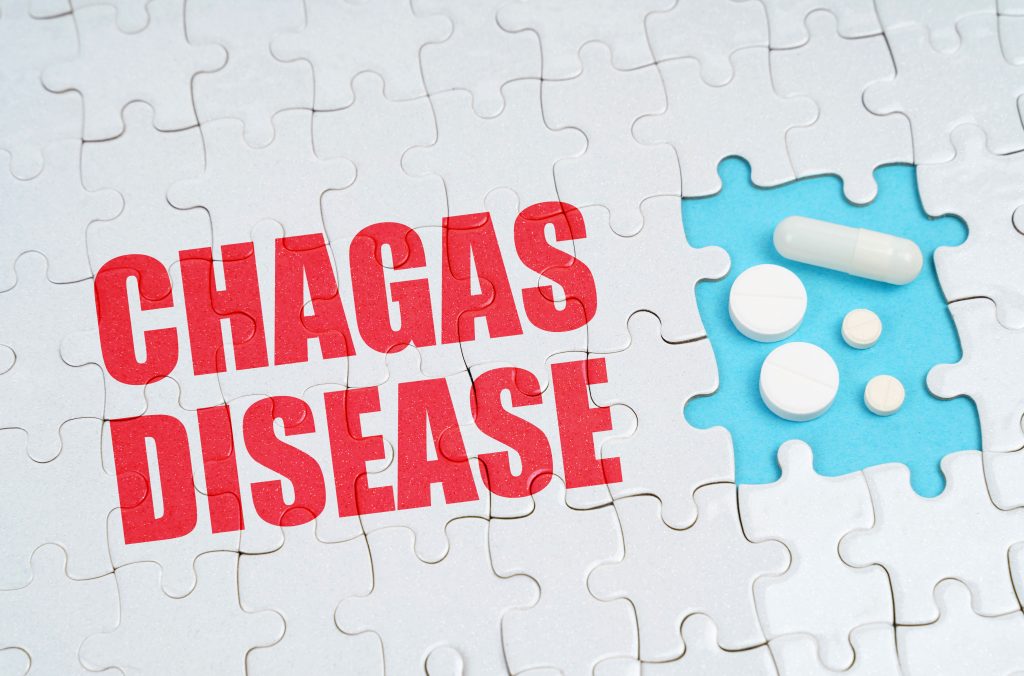Arq. Bras. Cardiol. 2022; 119(1): 12-13
Chagas Heart Disease: The Evolution of the Disease and its Complementary Exams
This Short Editorial is referred by the Research article "Relationship between Urinary Norepinephrine, Fibrosis, and Arrhythmias in Chronic Chagas Heart Disease with Preserved or Mildly Reduced Ejection Fraction".
As in many areas of Medicine, the scenario that harbors Chagas Disease(CD) has changed substantially. For approximately 50 years, as a Resident Physician, I was on duty at the Emergency Department of the Hospital de Clínicas of the Universidade Federal do Paraná and routinely attended, on each shift, one or more cases of patients with clear Congestive Heart Failure, anasarca, electrocardiogram with conduction disorders and multiple arrhythmias, chest X-ray with cardiomegaly and laboratory diagnosis of CD. There was no echocardiogram. Today this is an unusual situation; when it occurs, students are invited to see an exuberant picture of Chagas’ heart disease (CHD), which appears every semester.
In epidemiological surveys, similar findings are observed. In 1984, the prevalence of CD in the State of Paraná, Brazil, was 4% of the population. In 2020, estimates of the prevalence of infections by Trypanosoma cruzi ranged from 1.02% to 2.4% in Brazil. In the period 1975/83, among 291 municipalities in Paraná, 90 (30.9%) had triatomine insects infected by T. cruzi, while in 1990, these were found in only 4 municipalities (1.4%), with subsequent eradication of vector contamination. Vector control strategies have led to a substantial decline in the global prevalence of the disease, estimated at 18 million in 1990 and 6 million in 2018.
[…]
2,393

